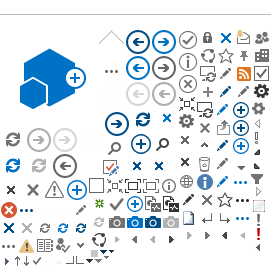Overview of asylum authorities and authorities involved in access to the asylum procedure
The data visualisation presents the national authority which is responsible for the examination of an application for international protection.
Hover over a country and “click for more” to view the following information:
- General information in the institutional structure Areas of activity
- Legal status based on the following classification: Government agency, federal agency, ministry, law enforcement agency
- Role and competencies
- (Internal) organisational structure Legal basis
- Hyperlinks to official websites and social media channels.
Click on the right tab to view relevant information about the authorities involved in making, registering and lodging of applications for international protection in the respective EU+ country.
